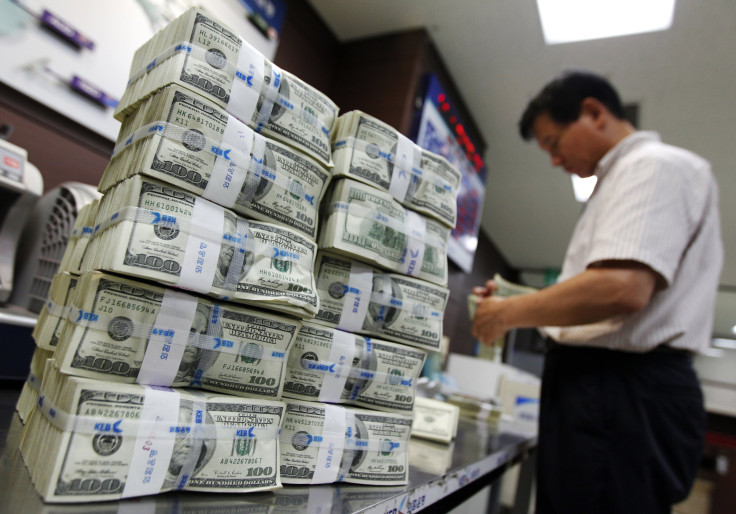
Wealthy Latin Americans thinking about moving to the U.S. are increasingly turning to a pricey pathway to permanent residency visas, commonly known as green cards, according to reporting by NBC’s Carmen Sesin. With the EB-5 visa or “entrepreneur” visa, foreign investors can secure green cards for themselves and their families in as little as one to three years. In Las Vegas, Nevada, Chinese investors taking advantage of the program have been credited for breathing new life into the collapsed real estate market, according to The Sun. But EB-5 visas for Chinese nationals are capped. That limit, combined with instability in countries like Venezuela and Mexico are pushing Latin America’s super rich and Stateside developers into financial relationships that bring wealthy immigrants into the U.S.
How much green do these green cards cost? Half of a million dollars in investment commitments, plus a $1,500 filing fee. Visa approval is far from automatic. Applicants must submit a I-526 form form with a business plan that shows their investment is viable and will create at least 10 jobs. They must also demonstrate that their money doesn’t come from illicit sources. In reviewing appeal cases denied by USCIS, we found examples of applicants being turned down for incomplete business plans, or suspicious origins of funds. Applicants usually hear back about their I-526 form after six months.
The migrants then receive a conditional visa. If they can sustain those 10 jobs and keep their 500,000 exposed for two years, they fill out another form (I-829) and if it’s approved they get a green card. In 2014, 10,667 of those green cards were handed out to investors and their families, according to USCIS figures cited by Sesin. Just 283 of those migrants were from Latin America, yet that’s a nine-fold increase from the 30 or so migrants who received green cards under the EB-5 program in 2008.
Though USCIS thinks of EB-5 applicants “employment creation aliens,” they often do not start companies themselves or hire workers directly. Past rule changes have allowed them to invest in existing projects, as long as they cause a net gain in jobs. In fact, many of the examples reported in the press, along with discussions by investor groups, point to real estate investments of either development companies (construction) or property-buying firms, and it’s not just in Las Vegas. Miami, a long-time hotspot for wealthy Latin Americans, has sending up massive projects with significant portions of their money coming from EB-5 investors.
Meanwhile the poor man’s pathway to a green card, the diversity lottery, is exceedingly hard to obtain. Only two percent of applicants win an entry, and half of those are culled from the pool after a rigorous application process.
© 2025 Latin Times. All rights reserved. Do not reproduce without permission.



